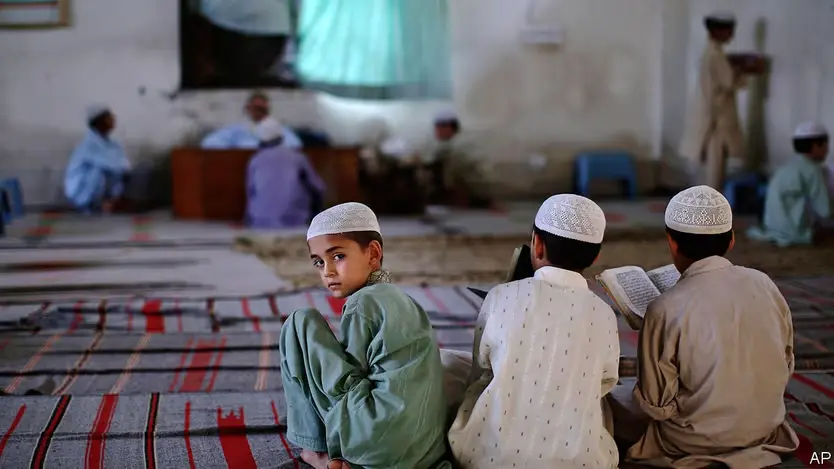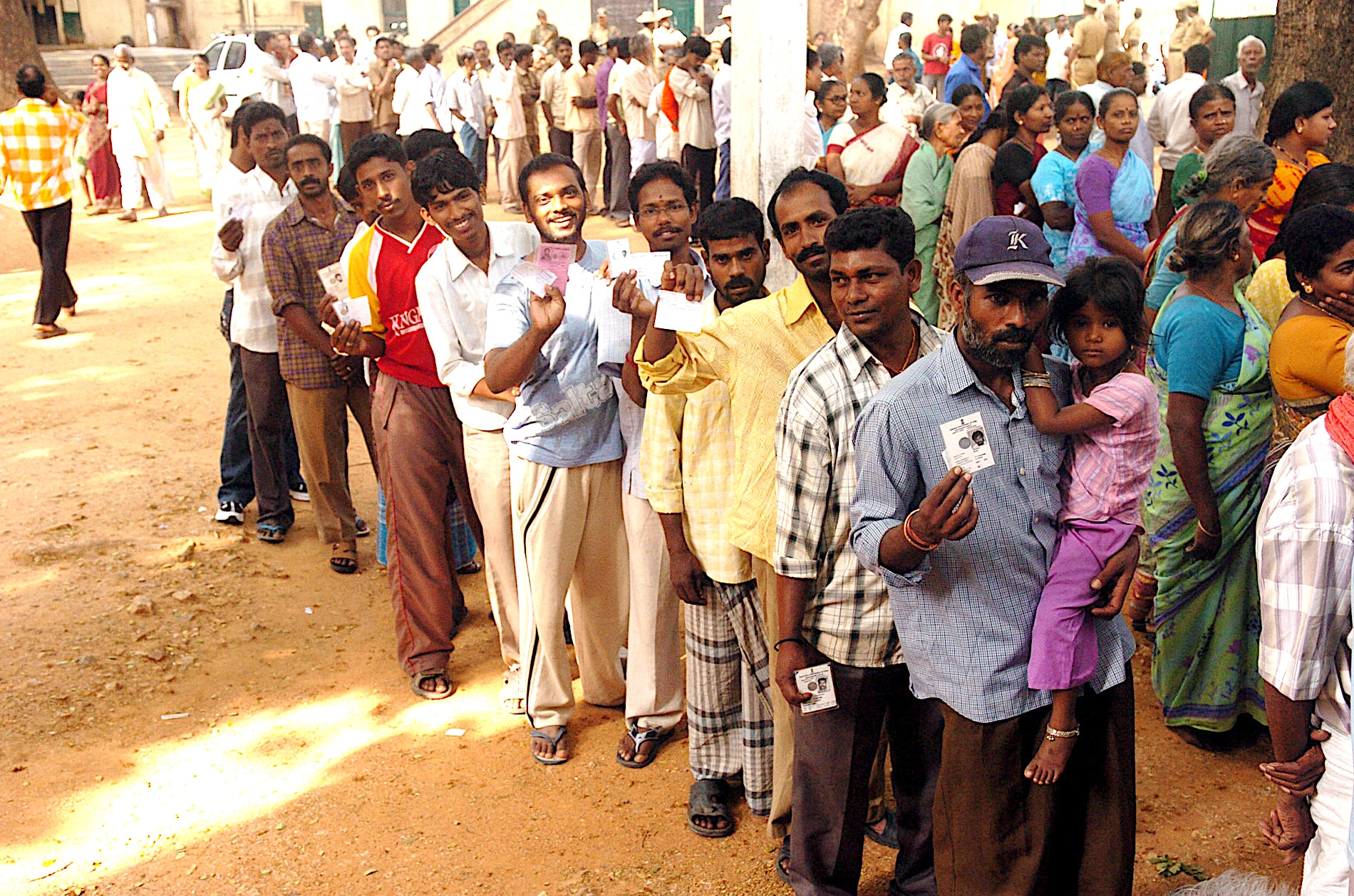The farewell meeting between United States Ambassador Donald Blome and Pakistan’s Finance Minister Muhammad Aurangzeb on 31 December 2024 is the latest chapter in the often complex and dynamic U.S.-Pakistan equation. Their discussions, focusing on economic cooperation and bilateral ties, underscore the strategic importance both nations hold for each other in the shifting geopolitical realities.
During the meeting, Blome reaffirmed the United States’ commitment to supporting Pakistan’s economic reforms and growth. Aurangzeb outlined Pakistan’s reform agenda, emphasising macroeconomic stability and export-led growth, while thanking the U.S. for its instrumental role in securing critical International Monetary Fund (IMF) agreements. He highlighted potential avenues for expanding trade, particularly in Information Technology (IT) and digital services, acknowledging the U.S. as Pakistan’s largest trading partner.
In a separate meeting, Aurangzeb engaged with Pakistani Ambassador to China Khalil Hashmi to discuss economic diplomacy and bilateral partnerships, emphasising enhanced investor confidence and progress in strengthening ties. However, the key question remains: can Pakistan effectively balance its strategic relationships with the U.S. and China to maximize both economic and geopolitical gains? This balancing act depends largely on political will and strategic foresight.
A History of Duality: The US-Pakistan Tale
The U.S.-Pakistan relationship has been marked by periods of close alliance and intermittent tension. Over the decades, the United States has played a pivotal role in Pakistan’s development, from spearheading initiatives like the Green Revolution in the 1960s to being its largest export market today. Recent years have seen increased economic engagement, with U.S. investments in Pakistan growing significantly. Direct U.S. investment in Pakistan surged by 50 per cent during the 2021-2022 fiscal year, reaching its highest level in more than a decade. U.S. firms maintain a significant presence in Pakistan, with over 80 wholly or majority-owned U.S. subsidiaries registered with the American Business Council of Pakistan and the American Business Forum. These companies have collectively invested more than $1.5 billion in Pakistan and generated approximately $3 billion in annual revenue.
However, the relationship is not without its challenges. The imposition of sanctions on Pakistan’s ballistic missile program in December 2024 is a stark reminder of the persistent strategic frictions. Such measures, while driven by U.S. non-proliferation policies, cast a shadow on bilateral cooperation.
The Trump Era: Uncertainties and Opportunities for US-Pakistan Relations
The re-election of Donald Trump introduces both possibilities and uncertainties for Pakistan.
Known for his transactional diplomacy, Trump’s administration is likely to leverage Pakistan’s geostrategic importance in exchange for economic and security incentives.
While this approach aligns with Pakistan’s aspirations for economic growth and regional stability, it also demands a careful balancing act.
Trump’s focus on countering China and extremism presents overlapping interests with Pakistan. However, as Pakistan strengthens its alignment with China through the China-Pakistan Economic Corridor (CPEC), it must ensure that its relationship with the U.S. remains constructive. The U.S. National Security Strategy (NSS) of 2024 emphasizes great power competition, particularly with China and Russia. To outmanoeuvre China and constrain Russia, the U.S. seeks strong alliances in the Indo-Pacific region.
From Pakistan’s perspective, its National Security Policy for 2022-2026 has emphasized neutrality in great power competition, seeking beneficial ties with both the U.S. and China. While Pakistan may not yet have a clear roadmap for this balancing act, Washington’s political willingness will play a pivotal role in shaping the future of U.S.-Pakistan engagements.
Regarding the Belt and Road Initiative (BRI) and Build Back Better World (B3W) projects, Pakistan sees value in participating in addressing its infrastructure gaps. Washington sees Pakistan as an ideal re-exporting hub due to its trade agreement with China. U.S. companies could establish manufacturing facilities in Pakistan, enabling the re-exportation of goods to China, thereby maintaining access to Chinese markets while reducing dependence on Beijing.
Strategic Balancing: AMAN 2025
Pakistan’s dual approach to developing strong ties with both the U.S. and China reflects a pragmatic understanding of its geopolitical significance. This balancing act extends to areas like defence cooperation, economic reforms, and regional stability. For instance, platforms like the AMAN naval exercises showcase Pakistan’s ability to foster multilateral cooperation, including with the U.S., while maintaining strategic independence.
Both China and the US joined with over 50 countries in the multinational maritime AMAN-23 exercise held in Karachi in February 2023. In AMAN-23, U.S. Ambassador Donald Blome attended the naval exercises in Karachi, demonstrating continued support for the U.S.-Pakistan partnership.
The upcoming AMAN-25 naval exercise, scheduled from February 7 to 11, 2025, in Karachi, Pakistan, will again feature participation from both the United States and China, alongside other regional actors. This underscores Pakistan’s strategic role in facilitating cooperation among major powers.
Moreover, a peaceful and stable Afghanistan is another shared objective between the U.S. and Pakistan. By focusing on common goals such as countering extremism and promoting economic development in the region, both nations can strengthen their partnership in ways that transcend transactional politics.
Potential for Multi-Sector Engagement between the US and Pakistan
The potential for multisectoral engagement between the United States and Pakistan is significant, particularly in the areas of technology, education, climate change, and health.
Focusing on these sectors can foster a sustainable and mutually beneficial partnership, resilient to political fluctuations in either country.
Science and Technology
The U.S.-Pakistan Science and Technology Cooperation Program, initiated in 2003, has funded numerous projects in health, water, agriculture, and energy. However, publicly available information indicates that no new projects have been initiated under this framework since 2017. Reactivating this program could enhance bilateral cooperation. Additionally, initiatives like the Pak-U.S. Tech Exchange, which connects Pakistani startups and tech professionals with Silicon Valley entrepreneurs, and programs encouraging women entrepreneurs have been instrumental in building an innovation culture in Pakistan. Ensuring the continuity and scaling of such programs can strengthen technological linkages between the two nations.
Education
The value placed on U.S. education by Pakistanis is evident, with a 17.4% increase in Pakistani students studying in the U.S. during 2021-22.
Expanding two-way university exchange programs could facilitate greater interaction between Pakistani and American youth, fostering people-to-people connections. Additionally, incorporating Pakistani perspectives into Washington’s policy community through educational scholarships, exchanges, and fellowship programs, alongside more flexible travel and work authorization policies, would enable a deeper mutual understanding.
Climate Change
Climate change is a significant area of mutual interest. Proactive approaches, such as modernizing Pakistan’s agricultural sector and reducing reliance on fossil fuels, can create economic opportunities and align with global commitments. The U.S. has partnered with Pakistan to launch a $23.5 million, four-year power-sector improvement project and has established the U.S.-Pakistan Green Alliance Framework to advance cooperation in climate-smart agriculture, renewable energy, and water management. Additionally, sharing early-warning flood risk data could enable authorities to better prepare for and mitigate impacts.
Health
The U.S.-Pakistan Health Dialogue, hosted in July 2022, identified areas for mutual engagement, including establishing a Center for Disease Control in Pakistan, enhancing global health security, improving childhood immunizations, combating COVID-19, and addressing maternal and child health, as well as non-communicable diseases. The U.S. Centers for Disease Control and Prevention announced the successful transfer of the Pakistan Field Epidemiology Training Program to the government of Pakistan, and USAID pledged to undertake new programs under the Global Health Security Agenda. Strengthening cooperation between drug regulatory authorities and disease control centres is also a priority.
Also See: A Legacy of Alliance: US-Pakistan Partnership
Way Forward: Towards Better US-Pakistan Relations
Long story short, despite periods of discord, the U.S.-Pakistan alliance has demonstrated resilience. To sustain this momentum, Pakistan must assertively negotiate terms that promote sustainable development and ensure that agreements align with its long-term goals. In this era of economic and strategic shifts, Pakistan’s leadership must harness its geostrategic strengths while fostering robust and diversified economic ties with the United States.
With diplomatic finesse, policy clarity, and strategic foresight, Pakistan can continue to be an indispensable partner in regional and global geopolitics, ensuring that its relationships remain a source of strength rather than contention.

![Explore the evolving US-Pakistan equation balancing relations with China, and key engagements in trade, security, and climate change. [Image via East-West Center]](https://southasiatimes.org/wp-content/uploads/2025/01/getty_-_us_pakistan.png.webp)




